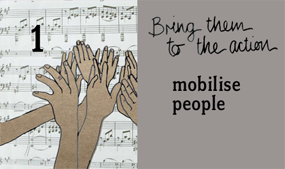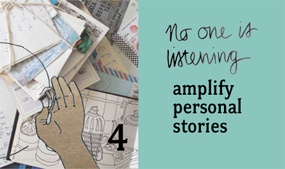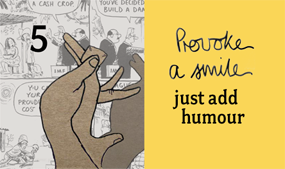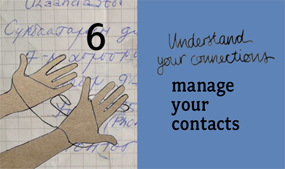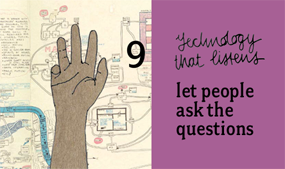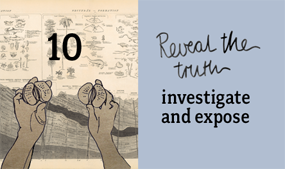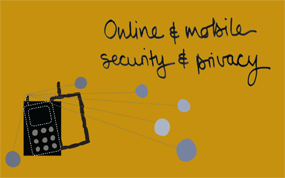|
|
TACTIC 10: VIDEO
Submitted by richard on Fri, 05/21/2010 - 23:38
REVEAL THE TRUTH
investigate and expose
download this tactic card (pdf 804kb)
watch the full video
THIS TACTIC IS USEFUL WHEN YOU ARE ABLE TO COLLABORATE WITH OTHERS TO IDENTIFY, SHARE AND ACT ON EVIDENCE THAT IS BEING CONCEALED FROM THE PUBLIC OR IGNORED BY THOSE WHO NEED TO ACT
EXAMPLES FROM THE VIDEO
|
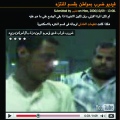
|
- Exposing Torture by Police in Egypt
By citizens/journalists in Egypt
Journalist Noha Atef created TortureInEgypt.net to document human rights abuses committed by police against Egyptian citizens, using photos and videos submitted by readers. In some cases, the videos are shot by the police themselves. Noha also follows up on accounts of unlawful imprisonment and police corruption sent in by readers. After she drew local media attention to her stories, an innocent man who had been jailed for 14 years was released from prison.
TOOLS USED: Drupal for creating the website (before that, Blogspot), photos and videos, usually shot on and sent from mobile phones.
LINKS TO LEARN MORE:
Torture in Egypt website
|
|

ASTRUBEL
|
- Presidential Plane Spotting
By advocates in Tunisia
Tunisian bloggers collaborated on a mapping project that revealed the presidential plane was being used for extensive personal travel. Their campaign began when a blogger, Astrubal, discovered images of the Tunisian president's plane on websites devoted to tracking air traffic. Using this data, Astrubal combined the plane photos with a visualisation created using Google Earth to show which airports the plane had been seen at and when. The video spread on YouTube, which led to the mainstream media investigating further. As a result, the issue of misuse of public property by government officials received much attention, but as another consequence the Tunisian government blocked YouTube and another video sharing site, DailyMotion.
TOOLS USED: Planespotters’ websites (like Airliners.net) Google Earth, YouTube, Flickr.
LINKS TO LEARN MORE:
Global Voices story
Foreign Policy how-to article
|
|
|




